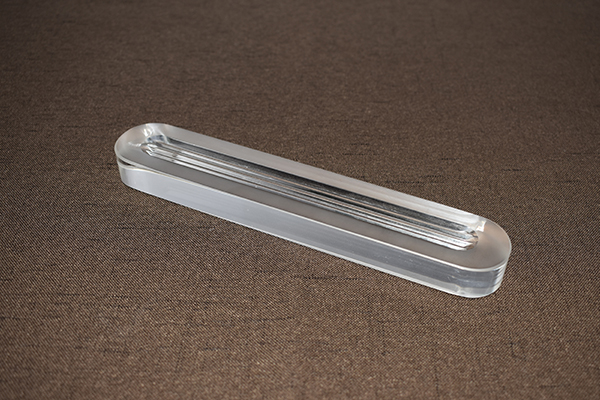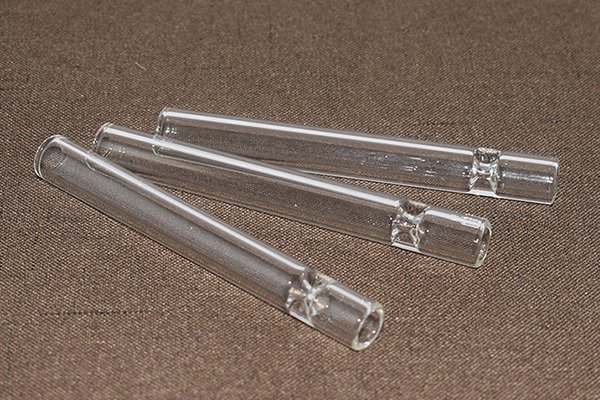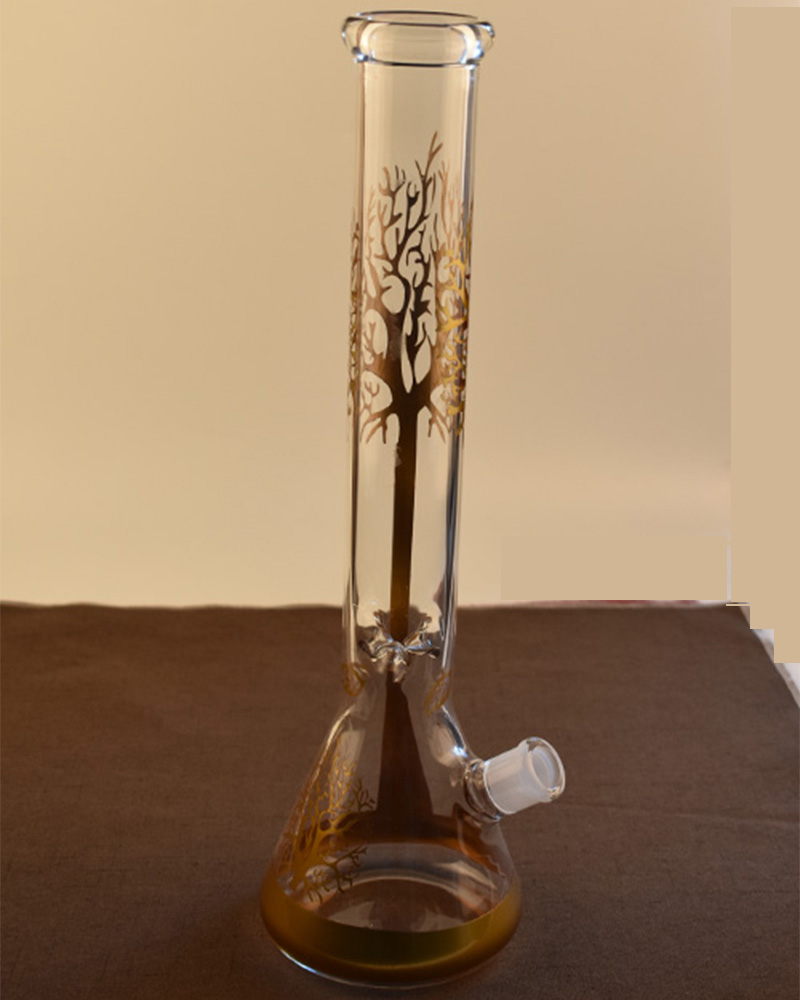News Detail
Technical Requirements for Cutting and Edge Grinding of Borosilicate Glass
Borosilicate glass, known for its high hardness and low thermal expansion, requires precise processing to maintain its structural integrity and optical quality. Cutting and edge grinding are two critical steps that directly affect its safety and performance in applications such as laboratory equipment, sight glasses, and solar panels.
1. Cutting Requirements
-
Precision Tools: Use diamond-tipped cutting wheels or CNC water-jet machines for clean edges and minimal micro-cracks.
-
Cooling Control: Apply continuous water cooling during cutting to reduce thermal stress and prevent edge chipping.
-
Stress Minimization: Avoid excessive pressure; a stable, even feed speed helps maintain dimensional accuracy.
-
Post-Cutting Inspection: Check for micro-fractures under polarized light to ensure strength and safety.
2. Edge Grinding Requirements
-
Grinding Technique: Fine diamond grinding wheels are preferred to achieve smooth, chip-free edges.
-
Chamfering: Edges should be beveled or chamfered to reduce the risk of cracks spreading under stress.
-
Polishing: Optical applications may require additional polishing to enhance transparency and remove surface defects.
-
Quality Standards: Tolerance must meet industrial norms (commonly ±0.1 mm), and surface roughness should be minimized to avoid stress concentration.
3. Safety Considerations
-
Always wear protective eyewear, gloves, and dust masks.
-
Ensure equipment is properly calibrated to avoid uneven cuts or overheating.
Conclusion
Accurate cutting and meticulous edge grinding are essential to unlock the full potential of borosilicate glass, ensuring durability, safety, and optical clarity in demanding industrial applications.



